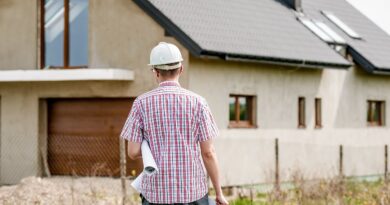Investors Make up Nearly One Third of Residential Real Estate Transactions Today
Investors now own and rent 14.3 million attached and detached United States Homes. John Burns Research & Consulting (JBRC) identified seven major shifts in investor activity that clarify today’s discussion of rental home investor and other investor activity, having measured the last 22 years.
First is 2002 baseline investment. Rental investors owned about 9% of all homes in America and were 12% of all home transactions in 2002, before Wall Street institutions got involved and home-flipping reality shows became as popular as they are today.
According to JBRC, some of the other factor include:
- Easy credit boom (2003 to 2006): During the period of easy lending that ended in 2006, investors rose to 18% of all real estate transactions. Despite this activity, many homes remained vacant even as homeownership rates increased. In 2006, rental investors still owned about 9% of all homes in the US. However, many of these investors eventually lost their properties to foreclosure.
- Airbnb home conversion boom (2007 to today): Airbnb was founded in 2007, and investors continue to convert homes to “hotels” (aka short-term rentals) today. The growth in rental homes is hard to estimate, but we are confident it is less than two million homes since there are about two million home rental listings each month. This figure includes rooms in homes and homes available for short-term rental before Airbnb was founded.
- Foreclosure boom (2007 to 2013): Investors rose to 24% of transactions at the peak of the housing crisis in 2013, as subprime (and other) borrowers and early 2000s “easy credit boom” investors lost their homes. Large rental home investors (owning 1000+ homes) emerged, making up around 2% of activity and generating press due to their impact on major foreclosure markets like Atlanta and Phoenix. New technology and data allowed these groups to estimate home values and rents efficiently, facilitating this institutional boom. Overall, rental investors increased their ownership of US homes from 9% to 11%, with large investors owning less than 1%. Activity by small investors still dwarfed that of large investors.




